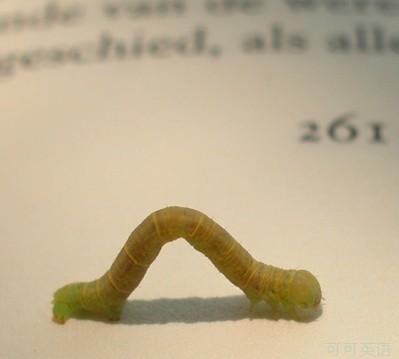No matter how seldom you've opened that calculus textbook on your shelf, the chances of worms having eaten it are pretty low. But books written back in the Renaissance have had much better odds of becoming worm food. Now we know that the holes left by worms as they dine can be used as data. A study in the journal Biology Letters explains how.
即使你很久没翻过书架上的那本算术教材了,但它被蠕虫啃食的几率还是相当低的。然而写于文艺复兴时期的书被蠕虫啃食的几率更大。据了解蠕虫啃食后留下的破洞能被用作研究数据。刊登在《生物学快报》的一项报告会解释其中原由。

Researchers measured more than 3,000 wormholes in books and artwork created between 1462 to 1899. Based on hole size, they figured out that there were two main culprits: larvae of the Common Furniture Beetle and the Mediterranean Furniture Beetle.
研究人员测量了三千多个虫洞,这些虫洞分布在1462年至1899年之间出版的书和艺术品上。基于虫洞的尺寸,研究人员找出了两大“书虫”:普通家具甲虫的幼虫以及地中海家居甲虫的幼虫。
Today both of those beetles are found all over Europe. But during the Renaissance the two beetle species were geographically isolated. It wasn't until we started shipping furniture that they crossed that divide.
现在,这两种甲虫遍布于欧洲大陆。但在文艺复兴时期,这两种甲虫在地理上相互隔离。直到人们开始用船运输家具,这两个物种才跨越了地界。
Museums today keep insects away from their precious specimens. So researchers may be able to use the sizes of the wormholes in items of uncertain origin to identify their larval attackers. Which then offers clues about the item’s geographical history. Really gives a new meaning to the phrase “book worm.”
如今为保护珍贵的标本,博物馆要使它们远离昆虫。因此对于来源不确定的标本,研究人员可以通过它的虫洞尺寸来辨别的幼虫攻击者。这样也为标本的地理历史提供了线索。这赋予短语“书虫”一个全新的含义。
来源:可可英语 //m.moreplr.com/broadcast/201211/211302.shtml












